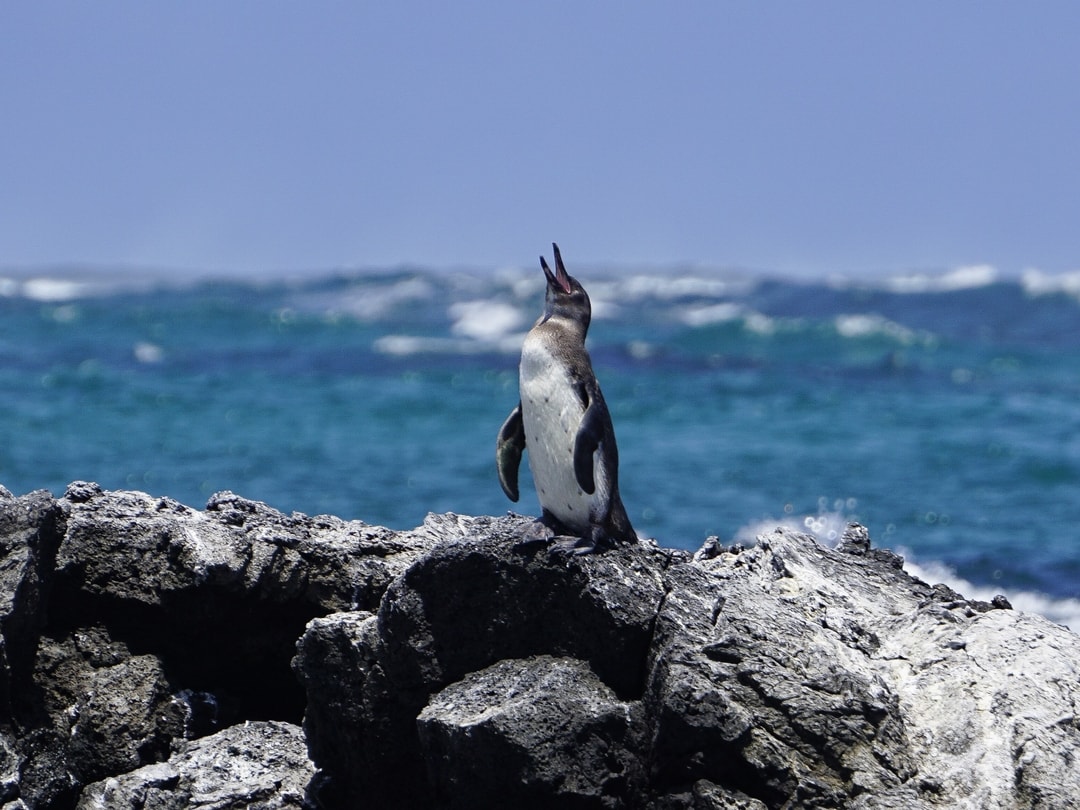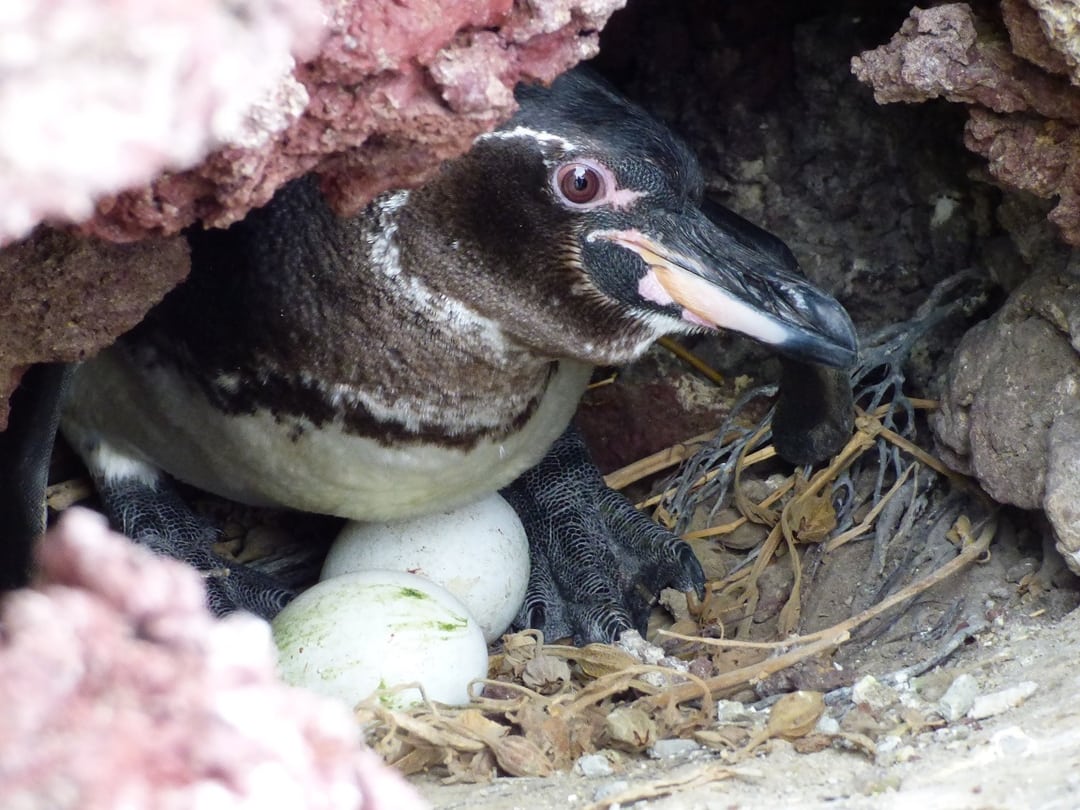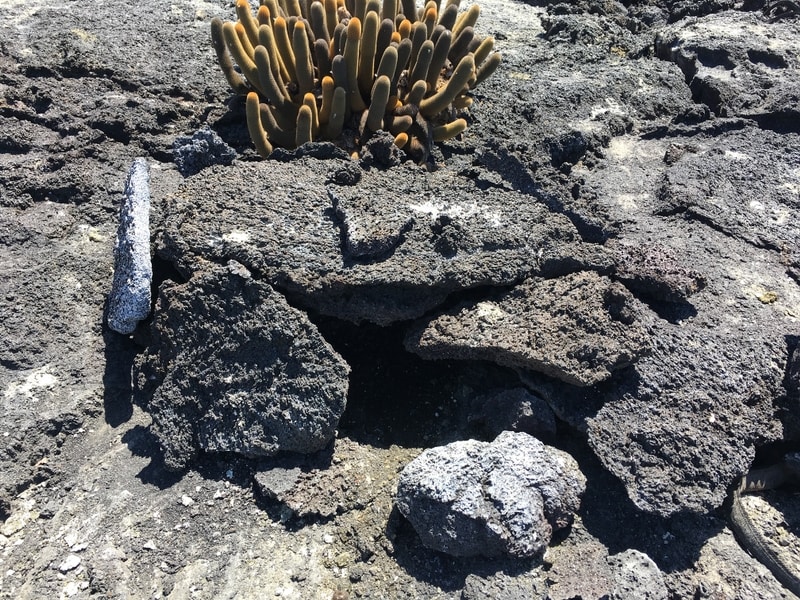Safeguarding Galápagos Penguins from Climate Change
Galápagos Penguins are in decline due to the small population, restricted range, climate change, introduced predators, and loss of nesting sites. In 2010, Dr. Dee Boersma of the University of Washington and her research team built 120 high-quality nest sites in primary penguin nesting areas. Galápagos Conservancy funds Dr. Boersma’s team’s annual monitoring to evaluate the impact of the new nests on breeding.
-
Project Location
Galápagos Islands
-
Program Launch
2010
-
Artificial Nests Constructed and Monitored
120
-
Partner
University of Washington's Center for Ecosystem Sentinels

Why It Matters
- When species become endangered, it’s a sign that an ecosystem is out of balance. The loss of one species often triggers a chain of more losses. Ultimately, human health and the well-being of the planet are affected too.
- Simple actions can help avoid species loss. In 2017-2018, Dr. Boersma and her team found numerous juvenile penguins (nearly 60% of all penguins observed) in good condition, indicating a successful breeding season. Penguins were using both constructed and natural nests. The favorable conditions resulted in the first population increase in years.
- Restoring a population takes time, and annual monitoring is critical to evaluate the health of the population and the presence of juveniles. Researchers collect, mark, weigh, and measure the penguins to determine survival, molting frequency, population trends, and body condition. Samples of feathers and guano are used to determine the sex of individuals and for diet studies.
- This work creates secure nesting habitats and drives management decisions about establishing conservation zones in critical penguin breeding areas. For penguins to thrive, their food supply needs protection and introduced predators such as cats and rats need to be controlled.
Research ⮕ Solutions

Safety Zones
Based on Dr. Boersma’s recommendations, the Galápagos National Park Directorate created a marine protected area around Mariela Island — the highest-density breeding area for Galápagos Penguins. This will also benefit many other species of seabirds, marine mammals, and fish. Expanded protected areas recommended by Dr. Boersma are being considered.
Accomplishments
Nearly a quarter of all observed breeding activity has been in constructed nests. In some years, on Mariela Island, constructed nests have accounted for up to 43% of penguin breeding activity. Eggs, chicks, and molting Galápagos penguins can be found year-round. When food is abundant, the penguins can raise two chicks within three months.


Ongoing Work
Dr. Boersma’s team conduct annual population monitoring of Galápagos Penguins. Results show that the constructed nest sites increase reproductive success when food is available. Park rangers monitor the principal breeding sites, repairing nests when needed. The recommended targeted control of introduced predators is also implemented each year.
Get Involved
Take Action for Galápagos, Right Now
Our generous community of supporters is the cornerstone of our efforts to preserve this ecological wonder of the world.



More from Galápagos Conservancy
Keep Exploring
Our Efficiency
78%
Direct conservation and grants investments
18%
Fundraising
6%
Management





